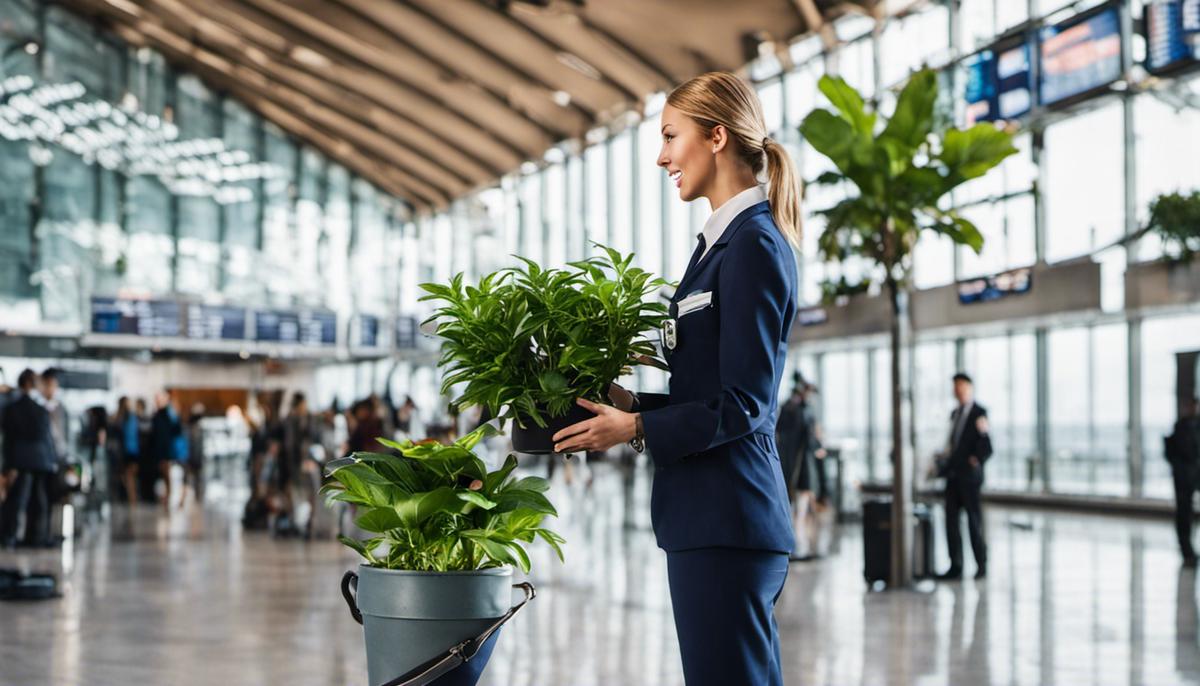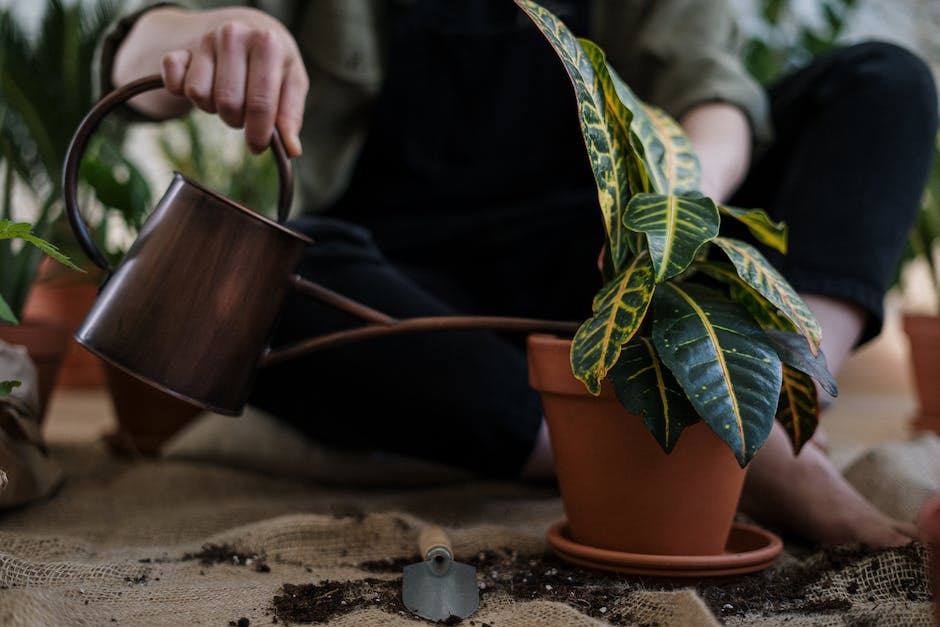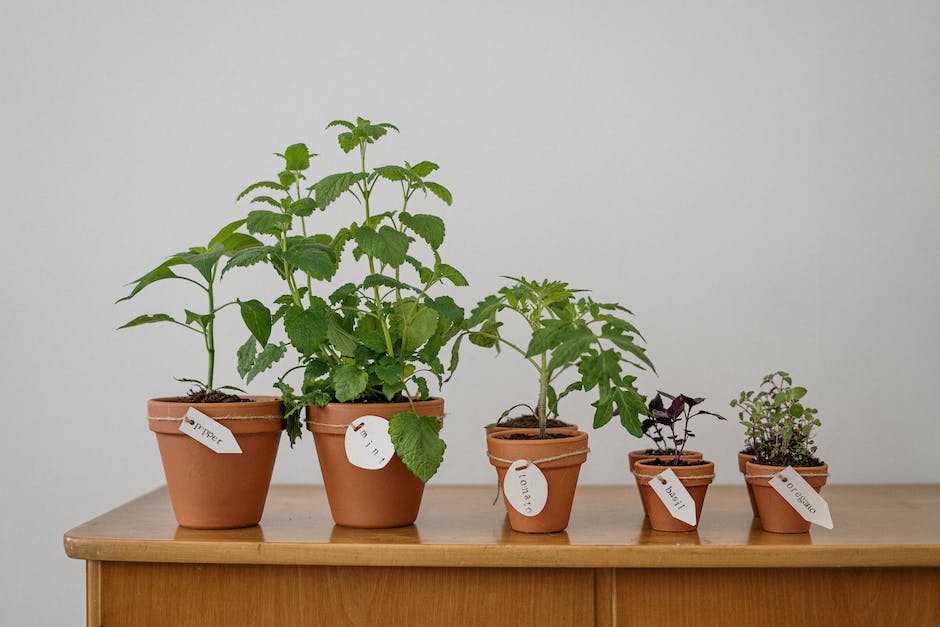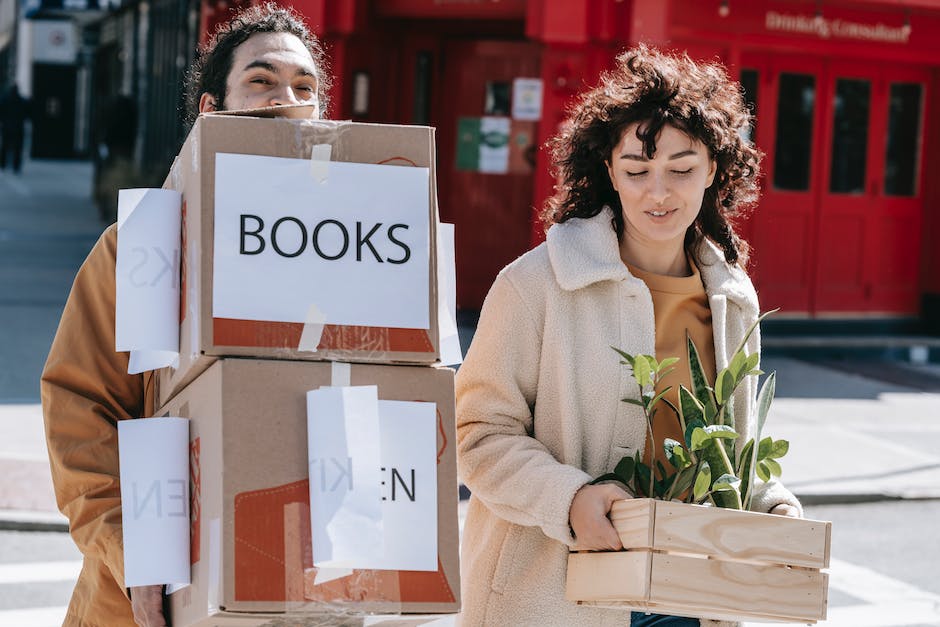The Green Thumb Guide to Traveling with Plants on a Plane

Flying with live plants requires more than just stowing your verdant companions in your carry-on bag and buckling up. As biotic organisms, plants pose peculiar issues on intra- and inter-country flights, prompting specific airline and customs policies. In this comprehensive guide, we’ll explore the intricate nature of transporting plants via airways, covering important aspects such as airline policies, plant packing practices, and the essential quarantine laws associated with plant transportation. Whether you’re a hobbyist with a penchant for botany or just want to bring a delightful flora souvenir from your trip, this guide will equip you with the needed know-how to make your botanical air journey a smooth one.
Understanding Airline Policies
For those plant enthusiasts bit by the travel bug, but want to keep their green companions close, navigating the airline rules regarding plant transportation might feel a bit like wandering in an untamed jungle. However, fear not! Armed with the correct information and a pinch of planning, it’s entirely possible to venture across the globe with flora in tow.
Different airlines have varied regulations when it comes to bringing your photosynthetic friends on-board. However, a general rule of thumb that consistently rings true is that plants must be in containers that can fit under the seat in front of you or in the overhead bins. This means, for most airlines, the container must not exceed 45 linear inches (the total of the height, width, and length). The plants should ideally be potted in sterile soil or a soil-less mix to avoid the transmission of pests or diseases. Do bear in mind that all of this must align with the laws of the destination country or state. For instance, California and Hawaii have special restrictions on imported plant life.
A neat trick to circumvent a few of these constraints is to pack seeds or cuttings instead, especially for international travel. They’re easier to transport, require less space, and typically don’t fall under the same stringent rules compared to whole plants. However, doing so requires a suitable set-up at your destination to nurture them. Remember, happy travels can be green travels too! Happy planting!

Packing and Preparing Plants for the Journey
For those who have a green thumb, nothing can be quite as disheartening as uprooting from one place to another and leaving behind a collection of beloved plants. Thankfully, modern transportation options can make relocating your leafy companions less of a hassle than you might think. The act of transporting your plants safely demands that you be meticulous in your packing, so pay close attention to the details.
When it comes to packing your plants, one crucial aspect you should never disregard is the technique of securing those fragile components. Wrapping their leaves, stems, and buds in tissue paper or bubble wrap can provide an extra layer of protection and prevent possible breakage during transportation. You could also nestle them into a cushioned box or special plant box for added safety. However, you should remember to punch a few holes in the box for ventilation, as plants still require oxygen and would otherwise suffocate if kept closed-off for too long.
On the other hand, if the plant in question is an aquatic one, their arrangements need to be entirely different. For these delicate underwater beauties, one recommended approach would be to transport them in a sealed plastic bag filled with water from their original habitat. A small amount of existing water can help reduce the shock of adapting to a new environment. Be careful to avoid excess heat or direct sunlight exposure while in transit, since these conditions can harm your green companions. Remember, every little step we take towards ensuring the safe transit of our green friends eventually leads to a satisfactory and joyous gardening experience at the new destination!

Understanding Quarantine Laws and Restrictions
With a deep dive into the realm of securely packing our leafy companions, the puzzle of plant transportation gets clearer. An often-overlooked facet, packing isn’t just about getting plants from point A to point B – it’s about doing so in a manner that ensures they arrive well and thriving. Security is key, especially when dealing with delicate species or fragile plant components such as blossoms or new growth. Techniques can vary, but a popular method is gently wrapping these sensitive areas with bubble wrap or even tissue paper. This might mean the difference between life and death in the world of plant transportation!
Not to be missed are those special cases in our botanical family – aquatic plants. These wet and wild wonders come with their own set of transport needs. It’s not only about keeping the moisture intact but also ensuring they aren’t submerged completely, a metaphorical balancing act achieved through sealed plastic bags partially filled with water, allowing our water-logged friends to maintain their aquatic lifestyle during the journey.
With our plan(t)s safely packed and protected, don’t forget about the importance of ventilation. Plants, like us, need to breathe! So, ensure that packing methods and materials allow for air circulation. It’s equally crucial to keep an eye on our sun-loving green buddies during transit, avoiding exposure to excess heat and sunlight. The essence here is to recreate their natural habitat as close as possible throughout the voyage. Ensuring these safety measures drastically increases the chance of a lush, lively new start at the destination – proving that a little knowledge can go a long way, enhancing one’s gardening experience, one transit at a time!

There’s no denying the joy of traveling with your leafy companions or bringing home a plant souvenir from a exotic journey. Nevertheless, the process involves navigating through several rules, guidelines and best practices. With an understanding of airline policies, knack for packing plants properly and the necessary knowledge of quarantine restrictions, you can make your journey with plants less daunting and more pleasant. As flying with plants becomes more common, staying informed about these complexities can yield a smoother travel experience not only for you but also for the photosynthesizing companions sharing the journey with you.



